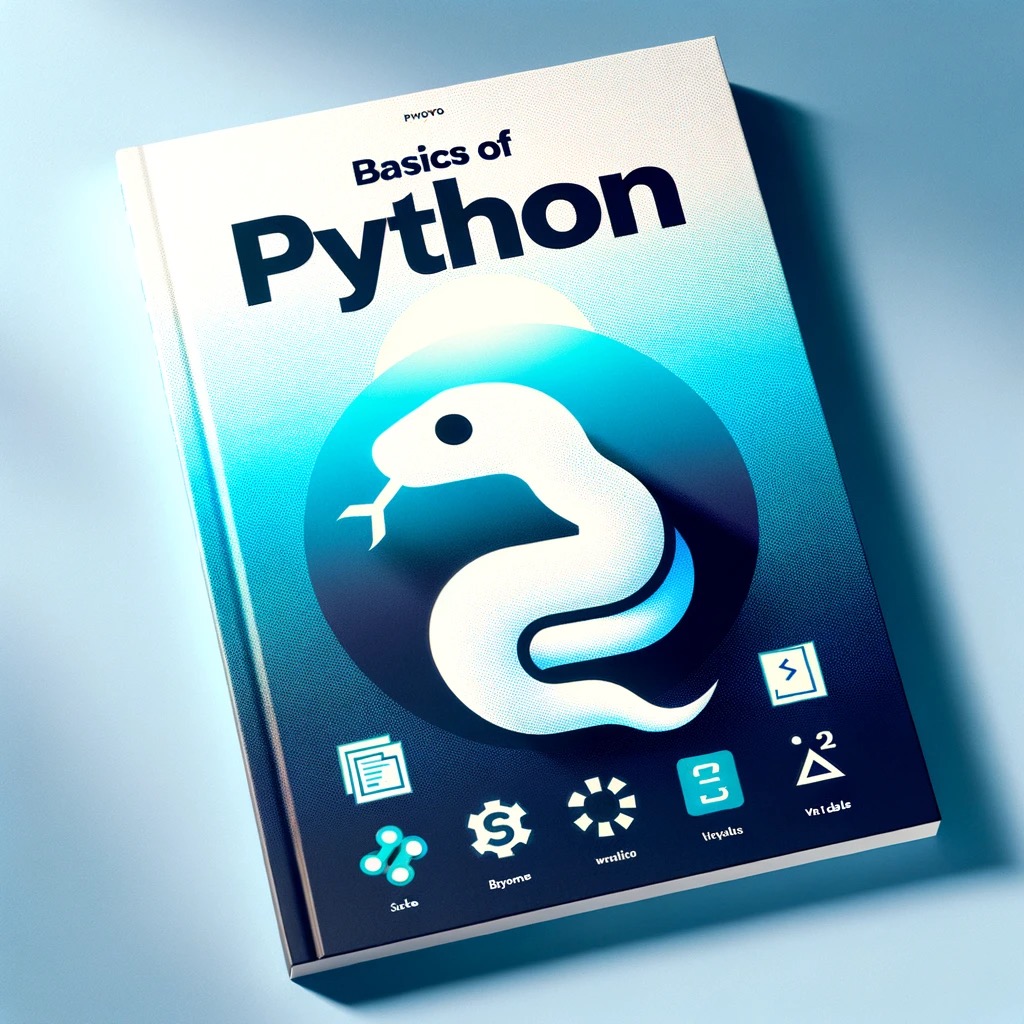Basics of Python 06: File Handling
File Handling in Python
File handling in Python enables developers to read from and write to files, allowing for persistent storage of data. This is crucial for programs that need to save user data, configuration settings, or any other information that should be retained between program runs.
1.1 Reading from a File
Reading from a file is one of the most common file operations. Here’s how you can do it in Python.
Example:
with open('example.txt', 'r') as file:
content = file.read()
print(content)
In this example, we use the open function to open the file example.txt in read mode ('r'). The with statement is used to ensure that the file is properly closed after it’s been read, even if an error occurs during the process. The read method reads the entire content of the file into a string.
Reading Line by Line:
with open('example.txt', 'r') as file:
for line in file:
print(line.rstrip())
This code prints each line in the file, one at a time.
1.2 Writing to a File
Writing to a file is just as simple as reading from one.
Example:
with open('example.txt', 'w') as file:
file.write("Hello, World!")
Here, 'w' opens the file in write mode. If example.txt already exists, Python will erase its contents before returning the file object. If the file does not exist, Python will create it.
Appending to a File:
If you want to add content to a file instead of writing over existing content, you can open the file in append mode ('a').
with open('example.txt', 'a') as file:
file.write("\nAppending a new line.")
This code adds “Appending a new line.” to example.txt without erasing its current content.
1.3 File Modes and Operations
Here are some of the different modes you can use to open a file:
'r': Read mode (default)'w': Write mode'a': Append mode'b': Binary mode'x': Create and open a new file, or error if it exists
Closing a File:
While the with statement takes care of closing the file, you can close it manually using the close method.
file = open('example.txt', 'r')
content = file.read()
print(content)
file.close()
Conclusion and Next Steps
File handling is a powerful feature in Python, enabling programs to work with external files on the user’s computer. Practice reading from and writing to files, and you’ll find that you can create more versatile and powerful Python programs.
In the next sections, we will delve into error and exception handling, ensuring that your programs run smoothly even when things go wrong.


